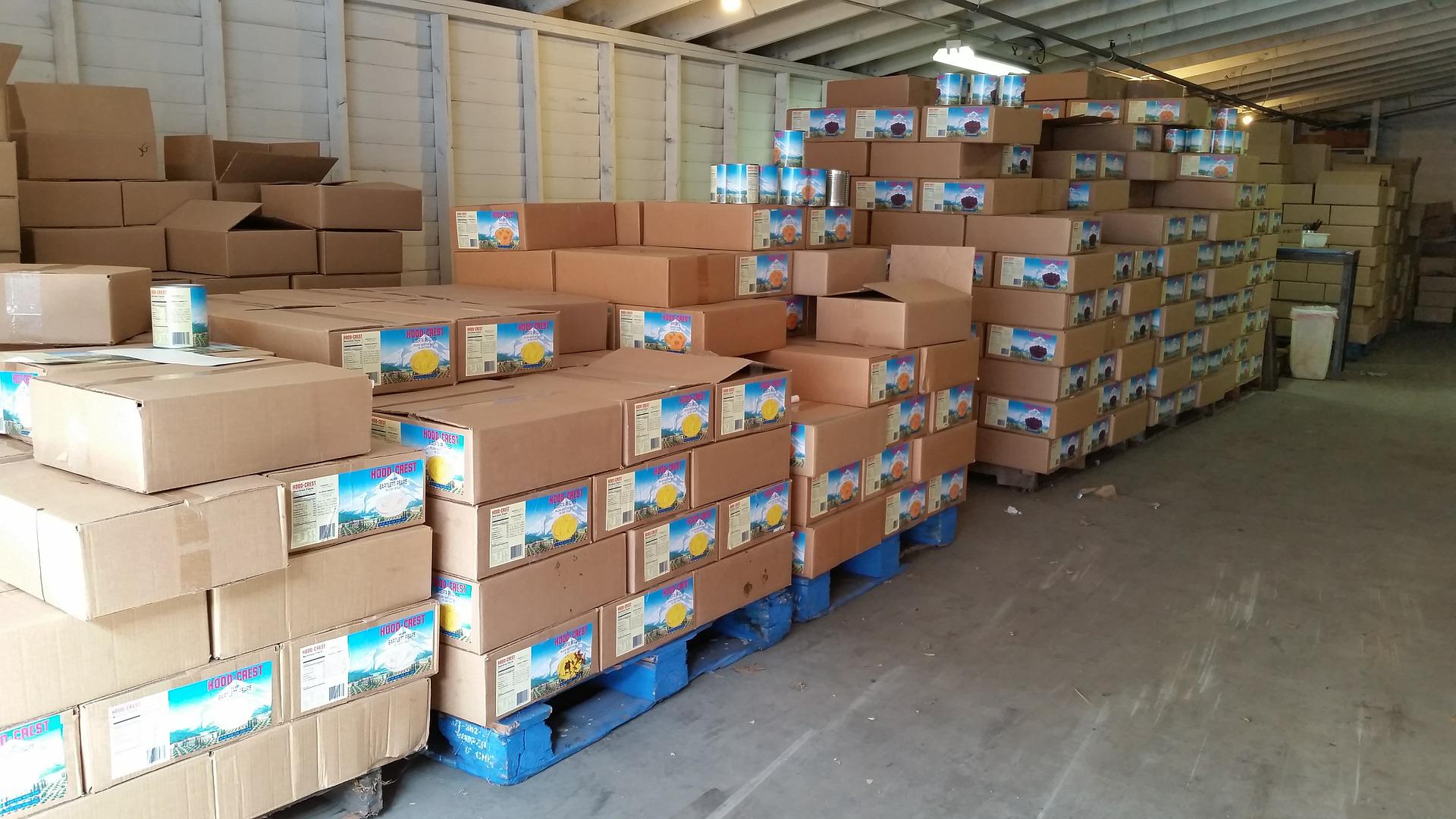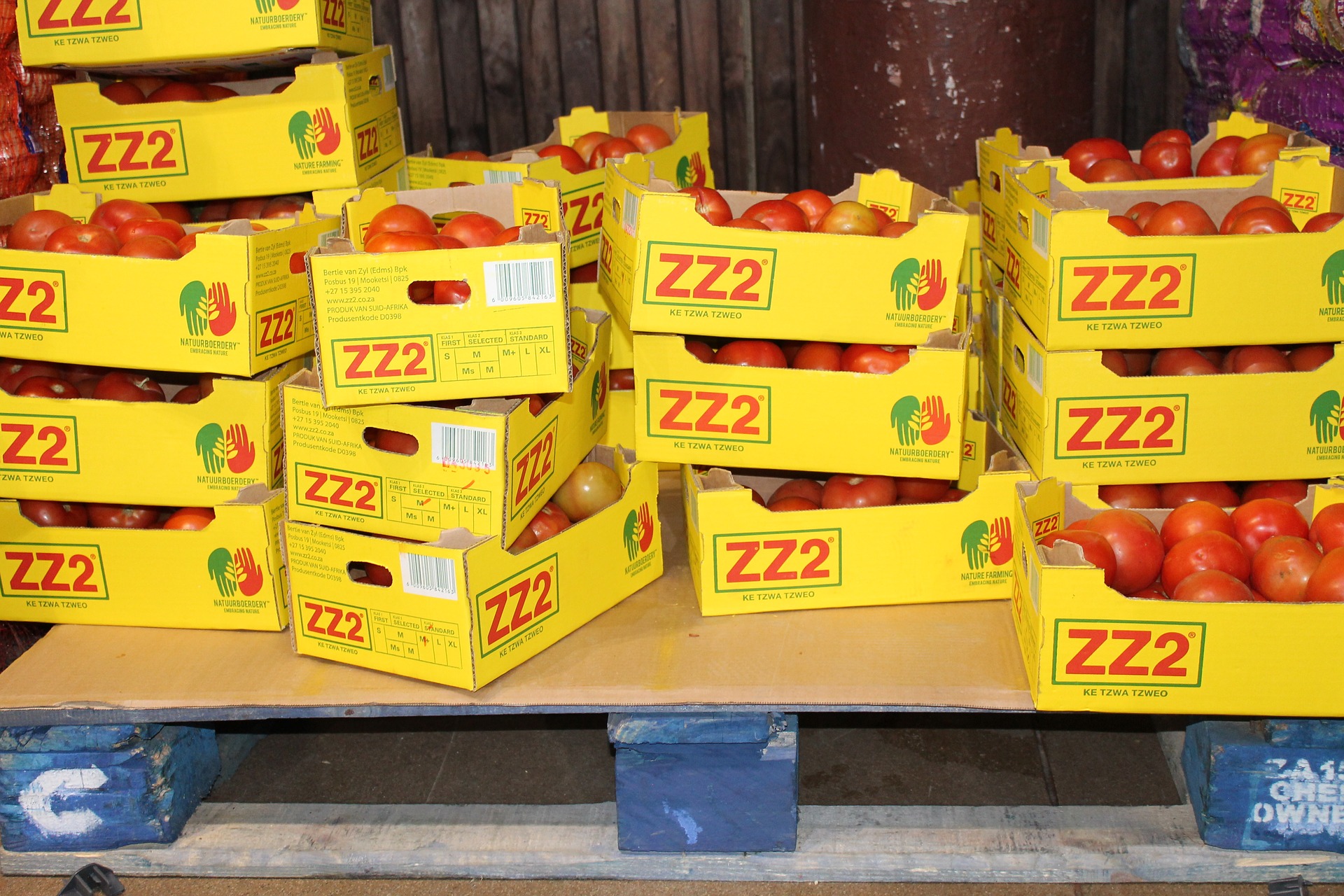How to Calculate Wholesale Price
Posted by Shark Eyes on 22nd Apr 2022
If you're buying in bulk, you'll need to know how to calculate the wholesale price. Regardless of if you're reselling wholesale or for retail pricing, the rise in competition among wholesalers has resulted in a wholesale pricing war. In order to come out on the winning side, understanding the concept behind wholesale pricing strategy is imperative.
Wholesale Price: What Does it Entail?
Wholesale price is the charge of a product or group of products when one business sells to another business. Wholesale business can be conducted by a dedicated wholesaler or a distribution firm. Whether the goods are being purchased at a wholesale price and being sold for retail prices or are priced for wholesale customers, the price must allow for profit margins to keep the seller in business after the final selling price is put into play.
Wholesale Business vs. Distributor
A wholesale business buys large quantities and resells them in bulk. A wholesale business buys their wares from a distributor who purchases in high volume from manufacturers.
Then there are distributors. Distributors often have a personal relationship or repour with their clients who they supply. Suppliers are those who are at the source of the goods and services such as manufacturers, processors, and packagers.
Wholesale Price vs Retail Price
In wholesale pricing, the wholesale price is the cost of buying in bulk whereas a retail seller buys at wholesale pricing and sells at a retail price. Consumers pay the retail price unless they have a membership with a wholesale store in which case, they pay the wholesale price.
The retail price is the final cost of a product after it has made its way through the supply chain and includes taxes (federal, state, and value-added taxes). The retail price should always render a profit at the end of the line. That is what spurs businesses to keep doing what they are doing - profit.

How to Calculate Wholesale Price
The goal of any wholesale pricing strategy is to ensure that the profit margin is balanced with your final price. Selling too high will ward off customers and selling at too low of a retail price point may make them suspicious as to the quality of your goods. Having harmony within your strategy will help establish loyal customers who trust you to have good prices and good products.
As you learn how to calculate the wholesale price for your goods and if you are selling wholesale, you will begin to get a feel for it and will be more comfortable.
Using proven wholesale pricing strategies will increase the chances of you coming out ahead and being balanced between cost price (wholesale cost), overhead costs, labor costs, and additional costs such as rent or mortgage payments if you are a brick-and-mortar seller at one or more retail locations or online charges and fees if you sell online.
Choosing a Wholesale Price Calculator System
There are multiple formulas that can be used for wholesale pricing to successfully calculate wholesale prices and what your ultimate selling price should be regardless of its retail price or wholesale pricing for selling in bulk.
The simplest formula for wholesale pricing is:
Wholesale Price - Total Cost Price + Profit Margin
Wholesale Price x 2 = Recommended Retail Price (RRP)
The method above is used to determine keystone pricing. The RRP is required in order to keep yourself from falling into the hold of having a price that's too low since the idea behind having a business is to make a profit.
In the event that you stumble onto a great deal in your product wholesale price, it's alright to make even more profit from it. Sure, you can run a sale on the item temporarily, but you should be open to entertaining a profit margin that helps set your business ahead.
If you "spoil" your customers by always offering products at a little above your wholesale price point, they will feel betrayed if you ever go up - even on a different item. Being fair in the business world also means being fair to yourself. You don't do anyone justice if you go out of business.
There will also be times you'll just break even due to there not being enough difference between the wholesale price and retail price. Those "stellar deals" you've allowed yourself to make a considerable profit on when figuring wholesale vs. retail price will help balance your profit level out.
That's why the suggested retail price of a product is a good standard measurement of what to sell your goods for. There may be adjustments you'll want to make, however. Read on to find out why.
Terms to Know
Familiarizing yourself with various terms that are frequently used in the wholesale and retail industries will help you find your way in the wonderful world of wholesale.
List Price. The list price is the same as the manufacturer's suggested retail price, suggested retail price (SRP), or recommended retail price (RRP).
Cost Price. The cost price is the price the goods cost the merchant.
Total Cost Price (TCP). The TCP is the sum of all costs considered on the product such as the cost of raw materials to manufacture it, labor costs, and overhead expenses like shipping, rent, and packaging.
Variable Cost. The variable cost of a product is what changes when the demand changes. For example, a trending toy costs more when all the kids are wanting it than it does when the newness fades away.
Fixed Costs. Fixed costs are expenses that remain constant such as rent or the mortgage on your physical business location. If you sell online, the monthly payment on your website or shipping costs are fixed costs. Think of fixed costs as obligations that you have to pay regardless of if you are making a profit or not.

Other Ways to Calculate Wholesale Price
The retail price can be figured out using other strategies besides the keystone method. Two other ways to calculate wholesale price - Absorption Pricing and Differentiated Pricing.
Absorption Pricing
Absorption pricing is when all the cost prices are absorbed in order to determine the final retail pricing or selling price. Many business owners adopt this type of pricing.
The absorption pricing method is not complicated as long as you know the price of your wholesale products, your overhead expenses, plus administrative costs which are costs a business owner should know or at least have records available that will make it possible to add up all the costs of staying in business.
Three steps are used to calculate the wholesale price in this method:
Step 1: Calculation of Price Based on Total Cost
This method uses this wholesale price formulation:
Total Cost Price = Variable Cost of the Product + Overhead Expenses + Administrative Cost/Number of Units
Step 2: Profit Margin Calculation
The ratio between the net profit and the revenue is the profit margin. The revenue of an item minus the cost is the net profit.
Step 3: Add the Two Steps Above to calculate the wholesale price
Wholesale Price = Total Cost Price + Profit Margin
Pros and Cons of Absorption Pricing
Absorption pricing is a simple method for wholesale businesses to figure out what they should charge for a product with business costs added in the mix. It ensures that wholesale customers don't sell their wares for less than they paid for them.
The absorption pricing formulation also adds in overhead such as administrative fees and other expenses, so it is more optimal than the basic formulation of wholesale price times two.
While this method of wholesale pricing strategy is valuable for determining wholesale prices across the board, it doesn't allow for extenuating factors to be taken into consideration.
What if the final price is a much lower price than other competitors' prices? Will you raise your product prices to reflect competitive product pricing to make a healthy profit? If so, you may want to adjust your absorption pricing strategy to come up with a different price, a higher price.
Remember, there's no harm in making a nice profit.
Differentiated Pricing
Differentiated pricing is very similar to the way pricing is done at an auction. It is consistent with the law of demand in that the price customers pay varies according to the supply and demand of the product.
An item being auctioned might be auctioned for next to nothing if only one person is interested in it. But if a bidding war takes place, the price charged can become so high it's ridiculous. The same product in one place can sell for wholesale price x 2 while in another place, it may sell for ten times market value. The bottom line in the differentiated pricing method is that the price of the same item changes depending upon the given situation.
There are two basic ways to figure out differentiated pricing. They result in different prices. They are as follows:
- Pricing is higher than the suggested retail price MSRP. This method may take a little market research, but it is built with the goal in mind of making the desired profit that is higher than the minimum wholesale price times two.
The way this pricing method works best is in locations where selling goods to customers who are able and willing to pay more such as tourist attractions, airports, special events (like a fair or rodeo), beaches, ski resorts, and so forth.
Especially if a higher price is also being charged by competitors, your sales volume will not be hindered by using this method to determine how much profit your item can bring.
- Lower pricing for products. Again, market research is necessary to pull this method off successfully to ensure your sales volume will not be lowered.
The goal is to sell your products to where you recover material cost and the price of your wholesale goods but sell for a cheap price. You'll make a lower gross profit but you'll sell quickly.
This method is a good idea when you need to get the money you've invested back by having a high sales volume and also in situations such as if you are selling Christmas products and Christmas is nearing. You don't want to be stuck with the products after Christmas so...you sell cheap rather than value-based pricing.
Pros and Cons of Differential Pricing
There is a good side and a problematic side to differential pricing. If you are selling your wares higher than a recommended retail price, your customers may not be very pleased unless they know to expect a higher price in your shop. If you are at a location where all the other shops around are more expensive on their products, as a tourist attraction, your customers probably won't think much about it.
On the flip side, if you are able to get by with it, differential figuring will help you attain your goal if making a good profit or getting rid of your products quickly.
Choosing Wholesale Price Profit Margin
The price strategy method you use should be determined by several factors including the number of goods you want or need to sell, the amount of profit you want or need to make, and what the situation is with your business.
Are you selling in a high-volume area where people are dumping out money because they're in vacation mode? If so, you'll figure your strategy quite differently than someone whose agenda is to sell at a lower price to be the "go-to" for below average market value pricing.
Once you have chosen a price strategy, you can always adjust it if something changes. If you need to charge higher prices, you are free to do so. Perhaps the supply and demand of your product have changed or your value-based pricing system isn't working for you as it should. Never feel obligated to keep one system in place if it is not the ultimate solution for your business. Do be cautious in changing your prices though, especially if you are increasing them. Oftentimes, customers take changes personally.

Online Wholesale Pricing Strategy
Wholesale pricing online is similar to in-store price strategies in some ways, but in other ways, it is much different. There are things such as shipping, website payments, and seller fees that you are likely to encounter.
Shipping fees can make or break your online business. For that reason, you may want to set in place a minimum order quantity that covers your shipping fees rather than ship single items that may dip into your profit.
There is also "MAP Pricing" to consider. That is the minimum advertised price which will regulate how low you can go when reselling wholesale products.
More About MAP Price
MAP price is the cheapest price a retailer is allowed to advertise a product for sale. It's not the lowest price they can actually sell it for, but the lowest they can advertise it online or in print.
MAP and MSRP: What's the Difference?
MAP and MSRP are often thought to be the same. They are not the same, however. While MAP is the lowest price a product can be advertised for, MSRP (Manufacturer's Suggested Retail Price) is the price the manufacturer is convinced the product should sell for.
MAP pricing is related to the value the manufacturer wants to project to the public. Companies such as Lexus and Tiffany's build their brand on reputation and advertising it at a low price-point might tarnish that repour. For that reason, the MAP price is designed to protect the MSRP.
Online Sales and MAP
MAP is a major part of selling online and wholesale pricing. Online retailers have successfully found a way to skirt around it in order to sell below it, however. The courts and Federal Trade Commission even permit it.
The slant on the loophole is that the price of a product that is displayed in encrypted shopping carts or in a secure checkout isn't subject to MAP since it's not technically being advertised. That is why you sometimes don't see a price and instead are notified that the price is displayed in the cart. So far, the trick is holding good.
Those who sell in physical locations aren't altogether thrilled with the loophole. Neither are the manufacturers, as you can imagine. There are enough challenges to selling online though so one less challenge to deal with is welcomed by online retailers and wholesalers.
Wholesale Challenges
Pick, pack, and ship is the motto of the general wholesale distribution process online. It's not that simple though. There are challenges to dealing in wholesale - both online and off.
According to the experts, the three top challenges in wholesale are:
- Product and Service Complexity
- Market Competition
- Decreasing Margins
The COVID pandemic changed the dynamics of the wholesale industry. The demand overrode the supply of products in many cases.
Distributors faced unforeseen supply chain disruptions and work safety issues. Many situations were ones they had never faced before.
Wholesalers and distributors muddled through and those who were able to find viable solutions were the only ones who stayed in business.
Creative problem solving and strong client relationships were key.
COVID Challenges
Retailers also faced even tougher than normal challenges. When wholesale products are scarce or wholesale prices are marked up, they have to find solutions as well. The loyalty of customers is important in retail sales too.
Wholesale pricing is a challenge all its own. Following the appropriate formula to figure your wholesale prices is imperative in order to determine the wholesale pricing methods to find the retail price that works best for you.
Learning to set wholesale prices in times such as COVID wasn't easy. Demand pricing played a big role due to customer demand. Business expenses were higher too.
Together, everyone worked through it and are better prepared should another pandemic arise. Selling is a collaborative effort between the manufacturer, distributor, wholesaler, and retailer. When times get tough, if they are to be successful, they bond together.
Everyday Challenges
COVID isn't the only challenge sellers have in the world today. When one nation boycotts the goods of another, problems are created. It is common for shipments to be canceled or delayed. In a global wholesale world, there will always be such situations to work through.
Implementing Wholesale Pricing Methods
It's not enough just to learn about wholesale price methods. You must also put them into play. Once you do, you'll find out if the one you chose is the best fit for you and your business. If it's not, it's time to change.
The retail and wholesale industries are not easy. But with knowledge and experience, you'll make it through so you can follow your entrepreneurial dreams.

